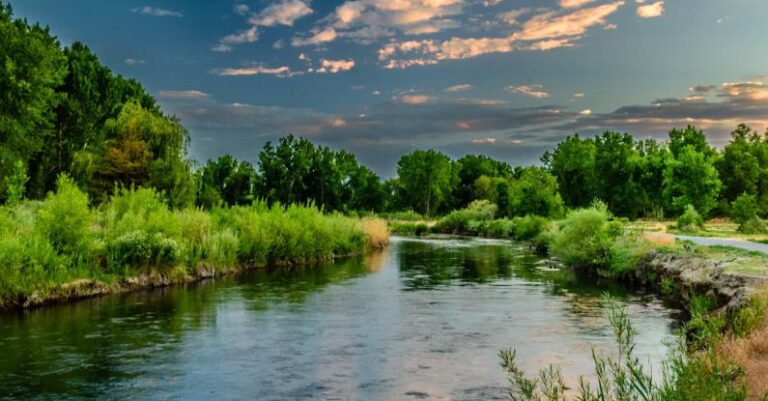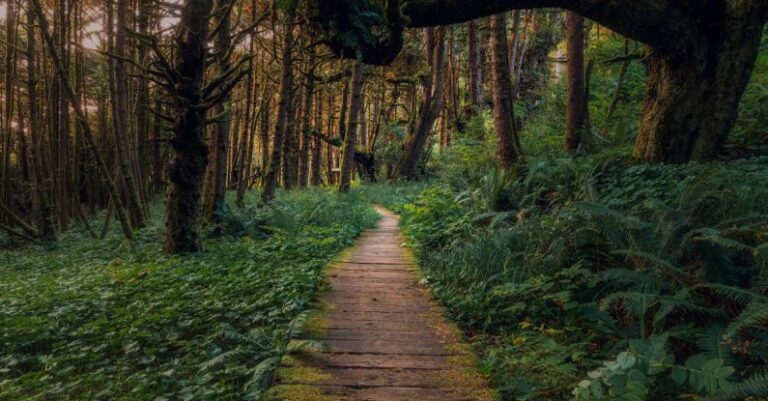
Volcanoes, often thought of as nature’s fiery and destructive force, play a crucial role in shaping the Earth’s surface. From creating new land to altering landscapes, these powerful geological features have a significant impact on the planet’s topography. Understanding how volcanoes shape the Earth’s surface provides insight into the dynamic processes that have been at work for millions of years.
**The Formation of Volcanoes**
Volcanoes are formed when molten rock, known as magma, rises to the surface of the Earth. This molten rock can come from deep within the Earth’s mantle or from the melting of existing rock layers. As the magma reaches the surface, it erupts, releasing gases, ash, and lava. Over time, multiple eruptions can build up layers of solidified lava, creating the cone-shaped structures we recognize as volcanoes.
**Creating New Land**
One of the most significant ways in which volcanoes shape the Earth’s surface is by creating new land. When lava flows from a volcano during an eruption, it cools and solidifies, forming new rock. Over time, these layers of solidified lava can accumulate and expand the land area, particularly in volcanic island chains like Hawaii. The continuous eruption and solidification of lava contribute to the growth of these landmasses, showcasing the Earth’s ever-changing nature.
**Altering Landscapes**
In addition to creating new land, volcanoes also play a role in altering existing landscapes. The explosive eruptions of some volcanoes can result in the formation of calderas, large depressions in the Earth’s surface left behind after a volcanic eruption. These calderas can be hundreds of meters deep and many kilometers wide, significantly changing the topography of the surrounding area. The remnants of past volcanic activity, such as lava fields and volcanic ash deposits, also contribute to the diverse and often dramatic landscapes shaped by volcanoes.
**Erosion and Weathering**
While volcanoes are known for their ability to create new land and alter landscapes, they are also susceptible to the forces of erosion and weathering. Over time, the exposed rock and lava flows from volcanic eruptions can be broken down by natural processes such as wind, water, and ice. This gradual wearing away of volcanic landforms contributes to the formation of new soil and sediment, which can be carried away and deposited in other areas. Erosion and weathering, in conjunction with volcanic activity, play a dynamic role in shaping the Earth’s surface over long periods of time.
**The Ring of Fire**
One of the most well-known regions shaped by volcanic activity is the Ring of Fire. This horseshoe-shaped area in the Pacific Ocean is home to a large number of active volcanoes and experiences frequent earthquakes. The geological activity in the Ring of Fire is a result of the movement of tectonic plates beneath the Earth’s surface, leading to volcanic eruptions and seismic events. The volcanic activity in this region has had a profound impact on the surrounding landscapes and has contributed to the formation of mountain ranges, islands, and other unique geological features.
**In Conclusion**
In conclusion, volcanoes play a vital role in shaping the Earth’s surface through the creation of new land, alteration of landscapes, and interactions with erosion and weathering processes. The dynamic nature of volcanic activity highlights the Earth’s ongoing geological evolution and the interconnected processes that contribute to the planet’s diverse topography. By studying how volcanoes shape the Earth’s surface, we gain a deeper appreciation for the forces at work beneath our feet and the ever-changing nature of our planet.





